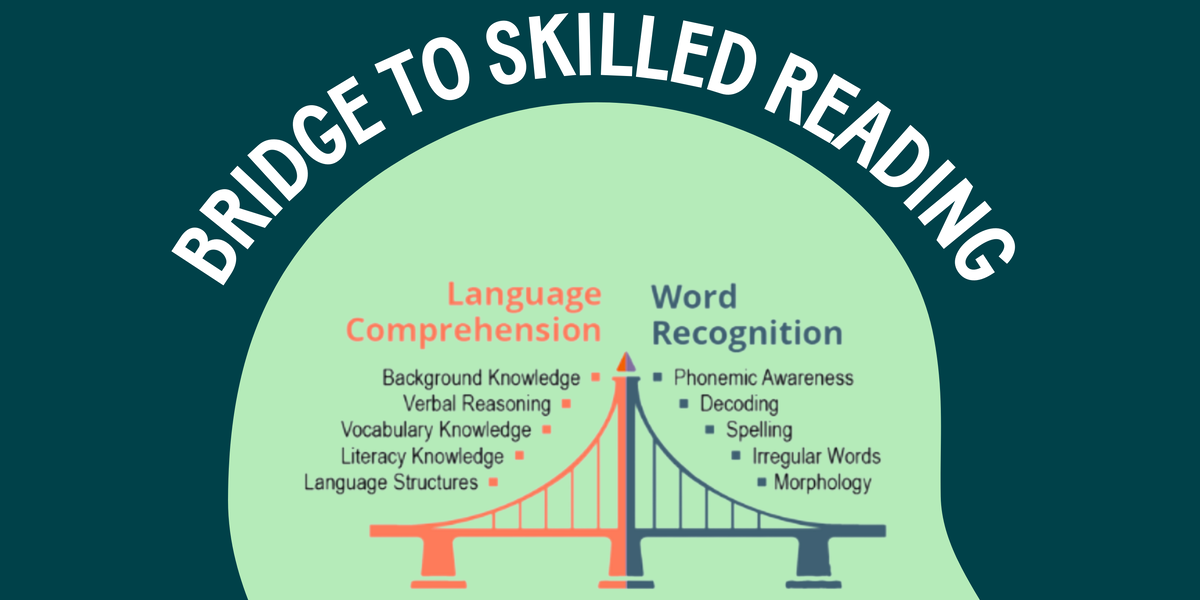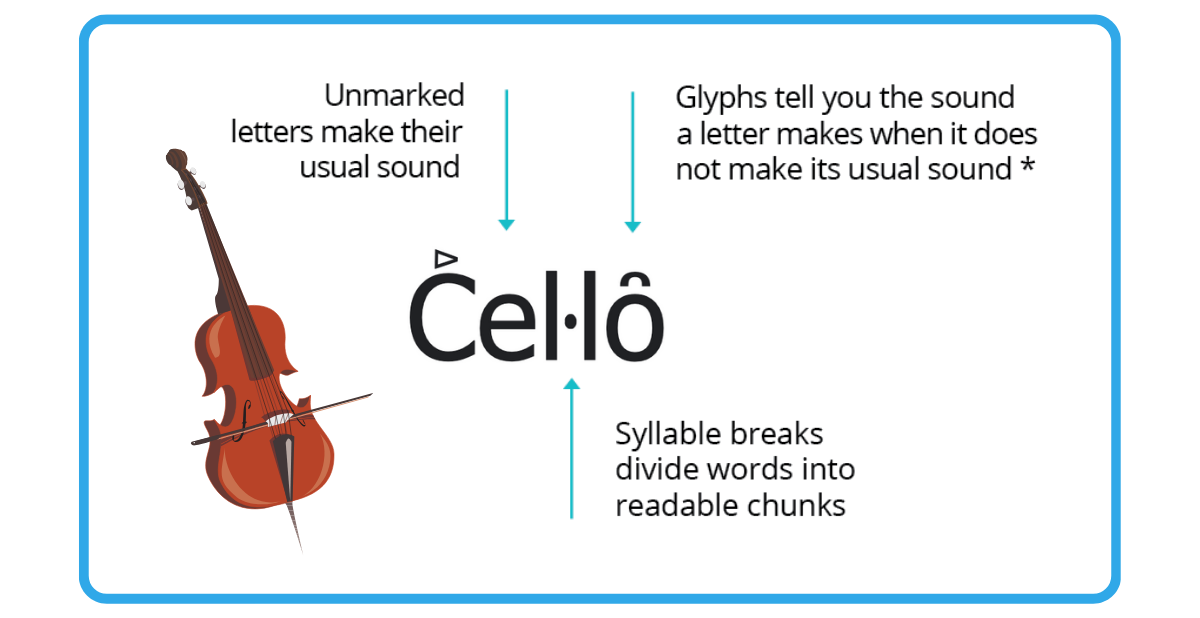Unlock Reading Success for Students with Dyslexia Using Readable English
Supporting students with dyslexia requires a specialized approach to help them build strong reading skills and gain confidence. Dyslexia, a...
K-12Discover how Readable English is transforming reading instruction |
PROGRESS MONITORINGEasily assess and monitor growth with data-driven insights and reporting tools |
PROFESSIONAL SERVICESDiscover the services that support your success, from virtual training to expert coaching |
INDIVIDUALSStrengthen your reading skills with an interactive app tailored to your learning needs |
PARENTSEmpower your child's reading journey with an interactive app and expert strategies for home support |
|

|
Rethinking Reading: How One District Transformed Instruction (SmartBrief)Discover how a bold shift in reading instruction helped struggling learners thrive - and the critical role Readable English played in their success.
|
RESEARCH & RESULTSExplore peer-reviewed studies and real-world case studies on Readable English in action |
BLOGExplore articles on feature highlights, research deep-dives, and the latest literacy insights |
EBOOKDownload the ebook Why Learning to Read English is So Hard and how to Make it Easier |
CUSTOMER STORIESDiscover how educators and administrators are transforming literacy with Readable English |
RESOURCE AND PRODUCT ENABLEMENT LIBRARYFind essential educational references and instructional materials to enhance teaching |
FAQSFind essential educational references and instructional materials to enhance teaching |
NEWS & EVENTSStay up to date with media coverage, webinars, and upcoming events featuring Readable English |
|
|
Rethinking Reading: How One District Transformed Instruction (SmartBrief)Discover how a bold shift in reading instruction helped struggling learners thrive - and the critical role Readable English played in their success. |
3 min read
 Anna Boyle
:
May 15, 2025
Anna Boyle
:
May 15, 2025
A recent instructional report by Dr. Shawn Anthony Robinson from the University of Wisconsin–Madison’s Wei LAB shines a powerful spotlight on a time-honored, yet underutilized, tool for helping students with dyslexia: pronunciation symbols, like those found in Merriam-Webster’s dictionaries. The study demonstrates how, for struggling readers, these visual markers aren’t just academic ornamentation; they are a lifeline that demystifies the complex code of English and makes multisyllabic words suddenly approachable.
Traditional English orthography is riddled with inconsistencies, a frustrating maze for any learner, but especially so for students with dyslexia who may have phonological processing issues. Dr. Robinson’s research underscores that using a consistent system of pronunciation symbols, such as those in trusted resources like Merriam-Webster, provides powerful scaffolding. These symbols:
Reduce cognitive load: Students are relieved from the mental load of decoding irregular spellings and unpredictable sound-symbol correspondences.
Make the abstract concrete: By giving clear, visual cues of the letter-sound correspondences, students gain explicit entry points into reading complex words—especially important for decoding unfamiliar or academic vocabulary.
Encourage engagement and confidence: Particularly for older students who may have disengaged after years of difficulty with reading, the scaffold invites both curiosity and a sense of attainable mastery.
.png?width=698&height=349&name=Blog%20Gfx%20(1200%20x%20600%20px).png)
This method fits neatly into structured literacy methods and the broader Science of Reading framework, both of which stress explicit instruction in phonemic awareness, decoding, and word recognition for dyslexia intervention.
While Dr. Robinson’s report powerfully validates the value of pronunciation symbols, Readable English builds on that insight by creating a complete, accessible reading solution that integrates phonetic support into every aspect of reading instruction. This transforms it from a tool for specialist lessons into a universal, daily support.
Unlike dictionary pronunciation symbols that appear only in specialized contexts and require learners to consult a separate resource, Readable English overlays phonetic cues directly onto standard English spelling. The original spelling remains intact, preserving visual word recognition, while the markup provides real-time decoding support exactly where it’s needed.
This enables students to access grade-level content immediately, while giving them the tools to decode words accurately and confidently.
By enabling independent word reading right away, Readable English accelerates orthographic mapping—the internal process through which readers begin to store word patterns in long-term memory for effortless future recognition. As students repeatedly encounter words with the support of the markup, they begin to internalize the spelling-sound relationships and build automaticity.
And here’s the key: over time, as orthographic memory grows, students naturally outgrow the need for the markup. They begin to decode and recognize new, unfamiliar words on their own. That is the power of self-teaching—a process where readers expand their vocabulary independently, long after the scaffold has been removed.
In addition to the phonetic cues, an entire reading program has been built around the markup. Inspired by proven approaches like Lindamood-Bell and grounded in the Science of Reading, Readable English reinforces the essential elements of the reading process—phonemic awareness, phonics, fluency, vocabulary and comprehension. This comprehensive approach ensures that while the markup eliminates decoding barriers, students are simultaneously developing the full range of foundational skills - creating a clear, coordinated path to lasting reading success.
A support system is only effective if students can consistently use it across the materials they encounter. That’s why we’ve also developed conversion technology that instantly transforms any digital or print-based text into the Readable English format. Whether it’s a passage from high-quality instructional materials (HQIM), core curriculum, homework, or a favorite book, students can access the text with the embedded phonetic support - no need to wait for specially adapted resources.
Our digital platform makes it easy for educators to convert new texts instantly, monitor progress, and individualize supports for each learner’s needs. This bridges the gap between research and classroom reality, letting students see themselves not as “stuck” or “behind,” but as readers who can access any word in print.
Dr. Robinson’s University of Wisconsin instructional report is a timely reminder: the right visual supports can play a pivotal role in unlocking literacy for students with dyslexia. Readable English takes this concept and brings it to life: embedding phonetic transparency into real-world texts, backed by a full, science-aligned instructional program, and supported by technology that makes the method accessible to every learner and every educator By transforming static pronunciation support into a living, dynamic system, we’re ensuring that the complexity of English spelling need never be a barrier, helping all students become confident, independent readers in every discipline.
Want to see how Readable English can open doors for your students? Contact us for a demonstration or to learn more.

Supporting students with dyslexia requires a specialized approach to help them build strong reading skills and gain confidence. Dyslexia, a...

In education, ensuring that every child can read proficiently is a cornerstone of academic success. However, many students face significant...

Reading is a complex skill, and if you stop to think about how many words an average adult reader can recognize - anywhere from 30,000 to 70,000 -...